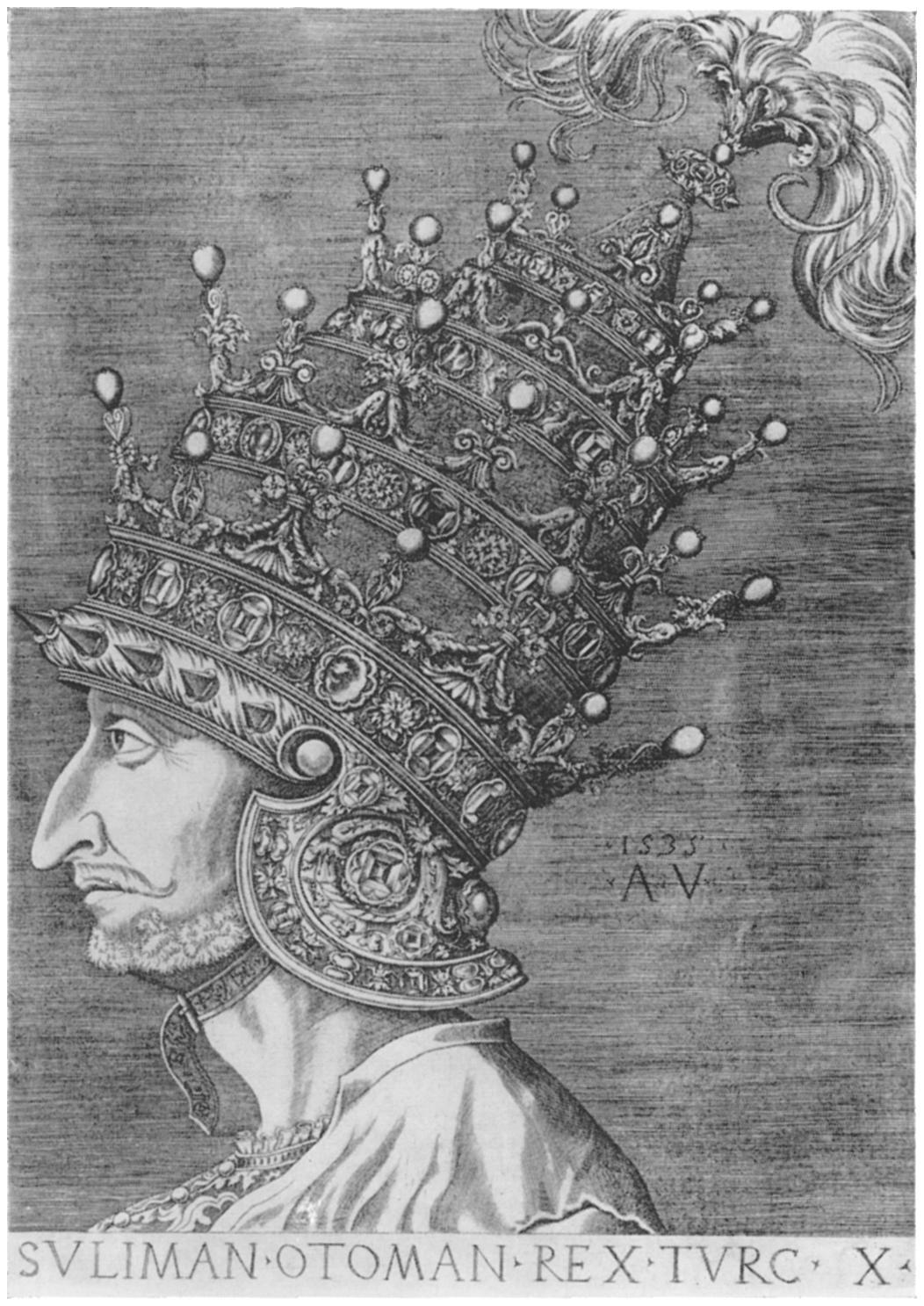Week 10: Objects, Images & Transculturation
The early modern world was shaped not only by mobile people but also by mobile things. The increasing numbers of objects and images which crossed geographical and cultural borders were both products and agents of exchange, bringing together materials, skills, and styles from different parts of the world into a single artifact, or transmitting ideas, tastes, and representations into distant regions. Focusing on global material culture, this week we will pose the question whether and how things could act as go-betweens. We will do so through an object-based session at the Leamington Spa Art Gallery & Museum.
Required Reading
Meredith Martin and Daniela Bleichmar, 'Introduction: Objects in Motion in the Early Modern World', Art History 38.4 (2015), pp. 604-619. Link.
Daniela Bleichmar, History in Pictures: Translating the Codex Mendoza', Art History 38.4 (2015), pp. 682-701. Link.
Primary Sources
'Codex Mendoza', Mexico, c. 1541 (The Bodleian Library, Oxford).
'南蛮屏風 [Arrival of the Europeans]', Pair of six-panel folding screens, Japan, first quarter of 17th century (The Metropolitan Museum of Art, New York).
Seminar Questions
- What can we learn from studying the global itineraries of border-crossing objects and images?
- Does it make sense to think of things as go-betweens in their own right?
- What and who are the go-betweens in the global life of the Codex Mendoza? What are the respective roles they play?
- Pick an early modern object, and consider in what ways it can be thought of as the product of, a testimony to, or an agent of cross-cultural exchange
Further Reading
Appadurai, Arjun (ed.), The Social Life of Things: Commodities in Cultural Perspective (Cambridge: Cambridge University Press, 1986).
Ajmar-Wollheim, Marta, and Luca Molà, 'The Global Renaissance: Cross-Cultural Objects in the
Early Modern Period', in: Glenn Adamson, Giorgio Riello, and Sarah Teasley (eds.), Global Design History (Abingdon and New York: Routledge, 2011), pp. 11-20. Link.
Bentley, Tamara H., 'People and Things in Motion: The View from the East', in: Tamara H. Bentley (ed.), Picturing Commerce in and from the East Asian Maritime Circuits, 1550-1800 (Amsterdam: Amsterdam University Press, 2018), pp. 21-52.
Biedermann, Zoltán, Anne Gerritsen, and Giorgio Riello (eds.), Global Gifts: The Material Culture of Diplomacy in Early Modern Eurasia (Cambridge: Cambridge University Press, 2018).
Bleichmar, Daniela, ‘Painting the Aztec Past in Early Colonial Mexico: Translation and Knowledge Production in the Codex Mendoza’, Renaissance Quarterly 72.4, (2019), pp. 1362-1415.
Curvelo, Alexandra, ‘The Disruptive Presence of the Namban-jin in Early Modern Japan’, Journal of the Economic & Social History of the Orient 55.2-3 (2012): 581-602.
Findlen, Paula, Early Modern Things: Objects and their Histories, 1500–1800 (2nd ed. London: Routledge, 2021) Link.
Gerritsen, Anne, and Giorgio Riello (eds.), The Global Lives of Things: The Material Culture of Connections in the Early Modern World (London/New York: Routledge, 2016).
Gruzinski, Serge, Painting the Conquest: The Mexican Indians and the European Renaissance (Paris: Unesco/Flammarion, 1992).
Jackson, Anna, and Amin Jaffer (eds.), Encounters: The Meeting of Europe and Asia 1500-1800 (London: V&A Publications, 2004).
Jardine, Lisa & Jerry Brotton, Global Interests: Renaissance Art between East and West (London: Reaktion Books, 2000).
Jordan Gschwend, Annemarie, and K.J.P. Lowe, The Global City: On the Streets of Renaissance Lisbon (London: Paul Holberton Publishing, 2015).
Mason, Peter, The Lives of Images (London: Reaktion Books, 2001), Ch. 4: ‘The Purloined Codex’, pp. 101-130. Link.
Necipoğlu, Gülru, ‘Süleyman the Magnificent and the Representation of Power in the Context of Ottoman-Habsburg-Papal Rivalry’, The Art Bulletin 71.3 (1989): 401-427. Link.
Pratt, Mary-Louise, Imperial Eyes: Travel Writing and Transculturation (London: Routledge, 1992).
Russo, Alessandra, “Cortés’s objects and the Idea of New Spain: Inventories as Spatial Narratives”, Journal of the History of Collections (2011): 229-252.
Winterbottom, Anna, Hybrid Knowledge in the Early East India Company World (New York: Palgrave, 2016).

